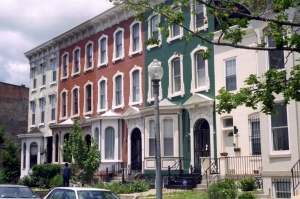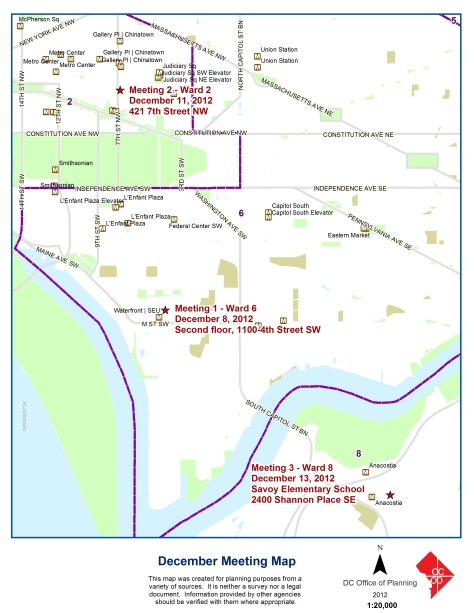ZoningDC sat down with OP Sustainability Planner Laine Cidlowski to discuss the District’s proposed ‘Green Area Ratio’ (GAR).
1. What is the District’s proposed GAR and how does it work?
The GAR is a way for the city to ensure environmental performance through the open spaces we are requiring through zoning. The GAR is an environmental site-sustainability metric. In other words, we figure out the environmental benefit of a piece of property by figuring out the landscape elements that contribute to air quality, water quality, and heat island effect. The landscape elements can be things like trees, rain gardens, or vegetated roofs, and each has a weighted number of points. We multiply these landscape elements by their multiplier and add them up. We divide that total by the size of the piece of property – that’s the GAR.
2. Why does OP believe the GAR is a good idea?
The GAR will help the District address many different environmental issues through a regulation that’s flexible and provides many options for property owners and developers.
3. How is the GAR different than LEED?
LEED is a sustainable system for buildings and choosing the site of a building or buildings. GAR is primarily for your site, but it can also include “landscape” elements which can be part of the exterior of your building, such as a green roof or solar panels.

Seattle has implemented its own GAR.
4. Who will be affected by the GAR? Will it apply to single-family homes?
GAR will not apply to single-family homes. GAR will apply for all buildings that need a Certificate of Occupancy. That is, multi-family residential buildings (over 2 units) and commercial properties. The majority of housing stock in the District (approximately 60%) is made up of structures with two units or less and GAR would not apply. Instead, those property owners would have simpler requirements relating to the amount of pervious surfaces on their property.
More…


